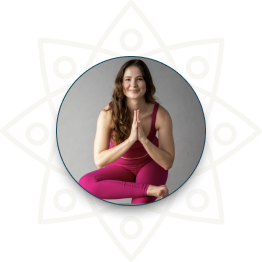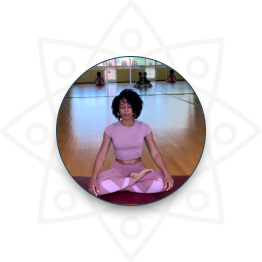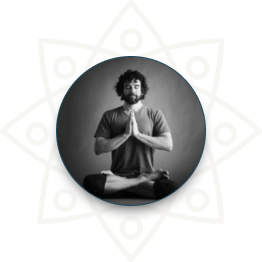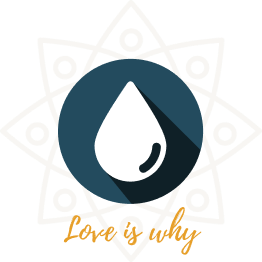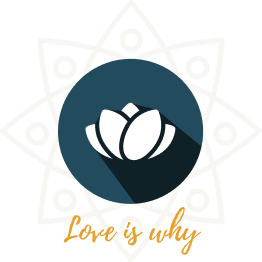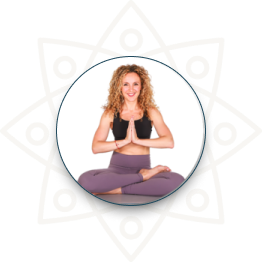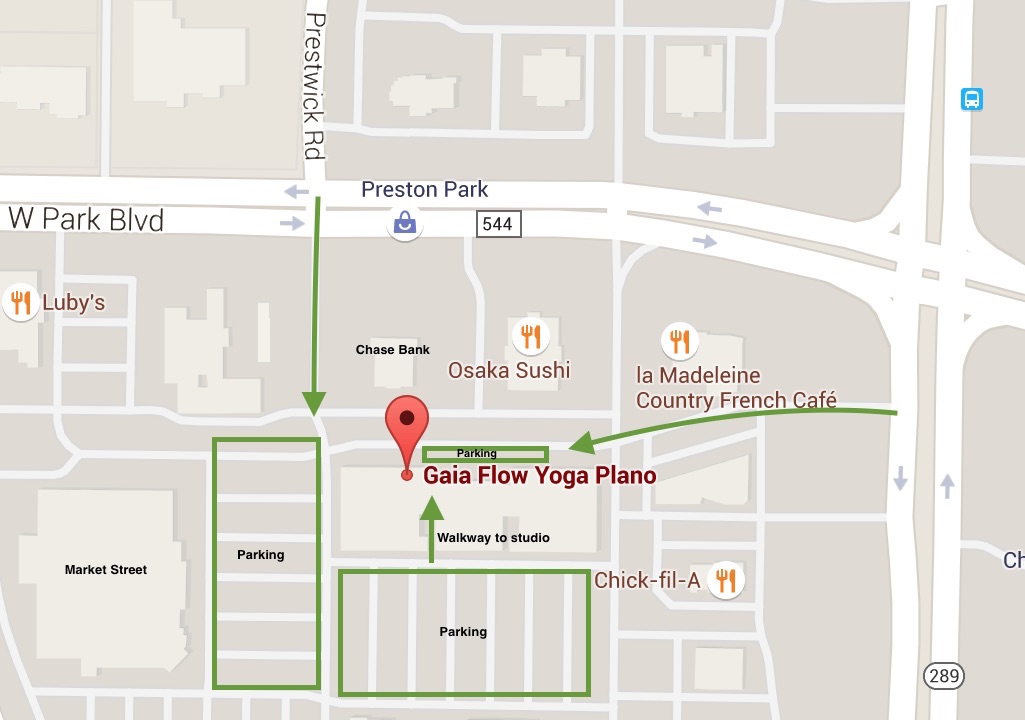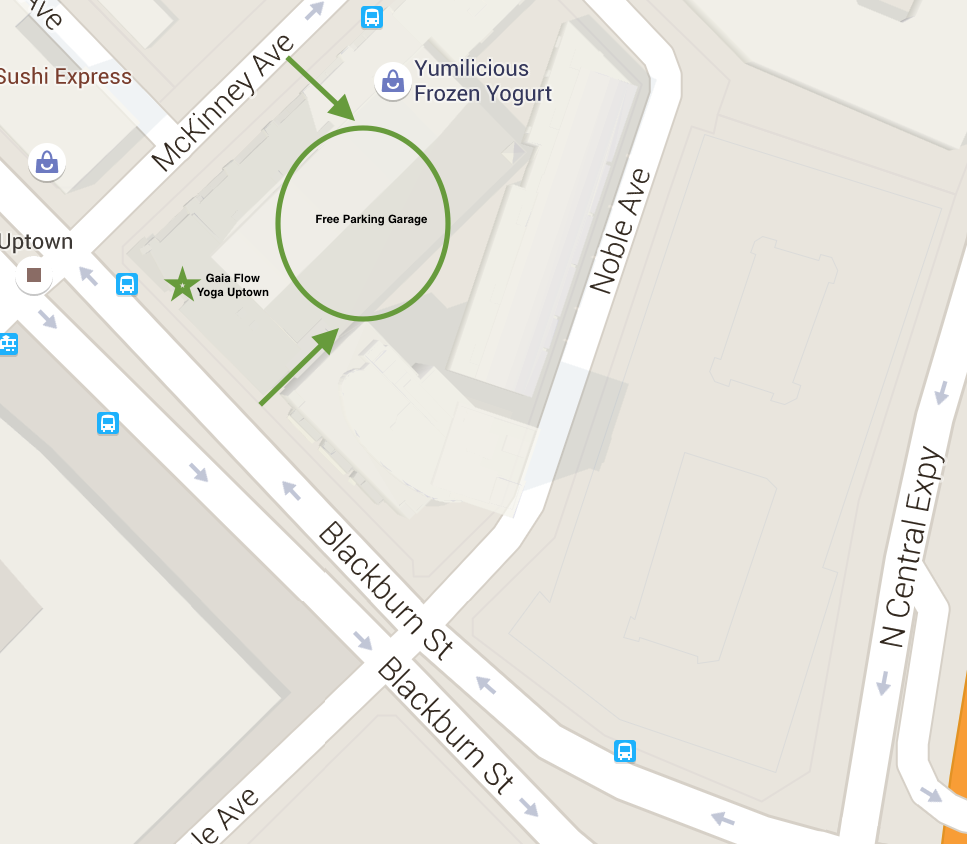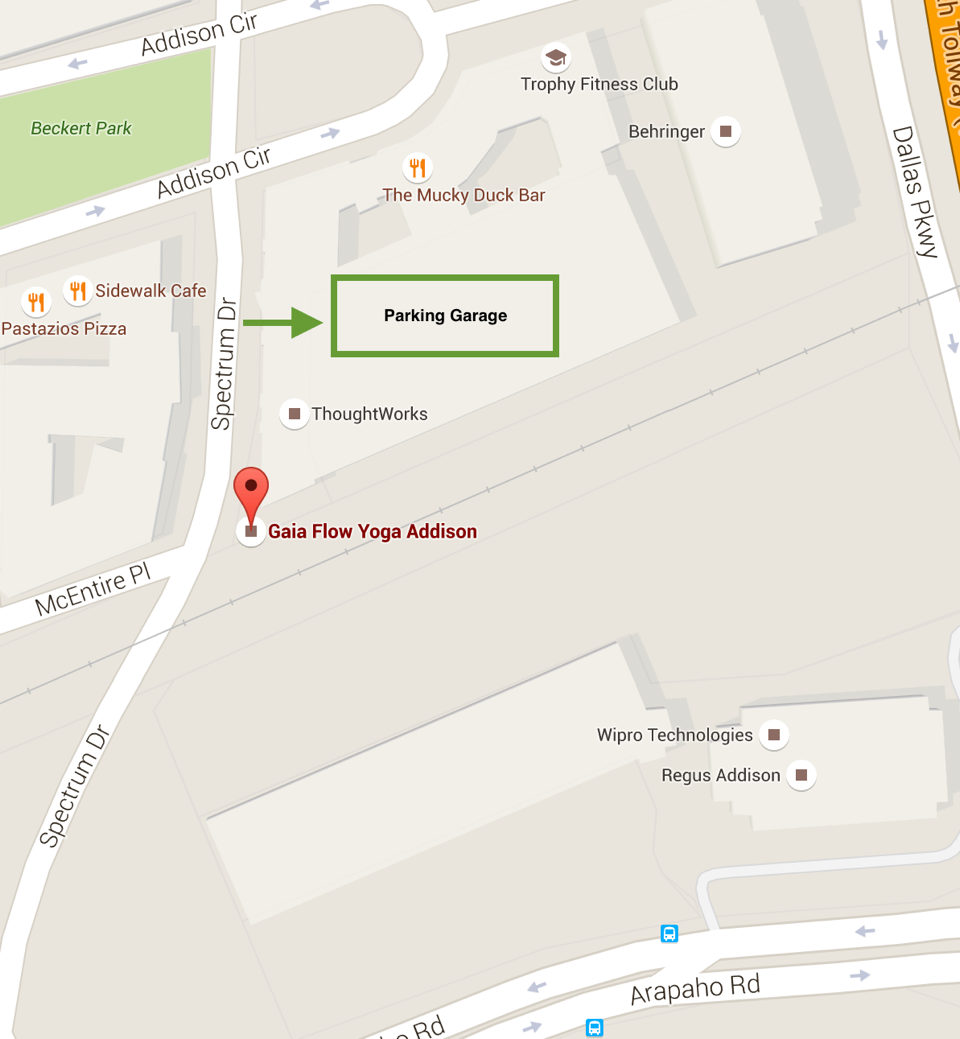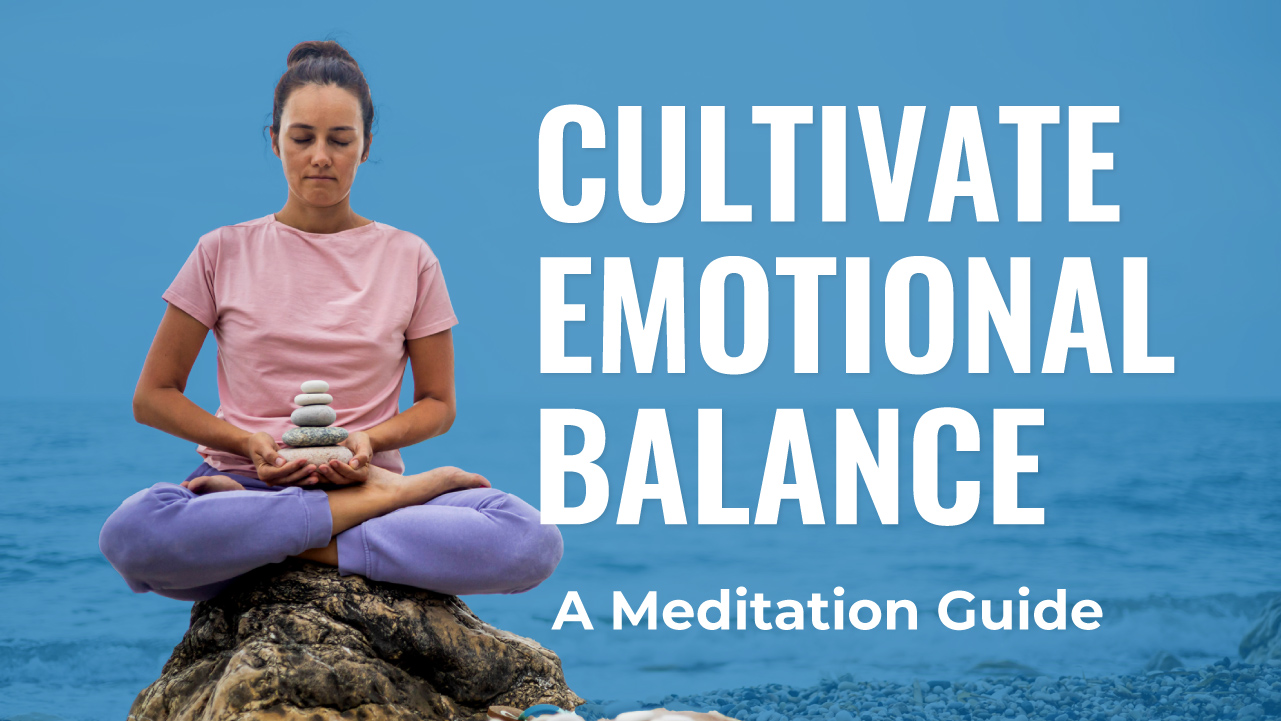
In today’s world, where stress and emotional turmoil have become almost commonplace, finding a sense of calm and balance can feel like an elusive dream. We juggle multiple roles, face constant pressures, and often find ourselves overwhelmed by our own emotions. Yet, amidst this chaos, there lies a simple, ancient practice that has the power to transform our emotional landscape: meditation. Imagine being able to navigate life’s ups and downs with a steady mind and an open heart, where you’re not just reacting to situations, but responding with clarity and compassion. This is the gift of emotional balance—an inner harmony that meditation helps to cultivate.
Whether you’re new to meditation or looking to deepen your practice, this guide will take you on a journey to understanding how meditation can become your ally in achieving emotional equilibrium, one mindful breath at a time.
WHAT IS EMOTIONAL BALANCE?
Emotional balance refers to the ability to manage and respond to your emotions in a way that promotes mental well-being and resilience. It’s the state where you experience your emotions without being overwhelmed, maintaining a sense of inner calm and clarity even amidst life’s ups and downs. Emotional balance is crucial because it enables you to handle stress more effectively, maintain healthy relationships, and approach challenges with a grounded perspective. However, achieving emotional balance is not always easy. Many people struggle with emotional imbalance due to various factors:
- Stress and Overwhelm: High-stress levels from work, relationships, or daily responsibilities can disrupt emotional stability.
- Unresolved Trauma: Past experiences and unresolved emotional issues can lead to recurring emotional turbulence.
- Negative Thought Patterns: Persistent negative thinking or self-criticism can skew emotional responses and contribute to feelings of imbalance.
- Life Transitions: Major life changes, such as moving, job changes, or personal loss, can trigger emotional instability and uncertainty.
How Meditation Helps Cultivate Emotional Balance
Meditation offers a variety of techniques that can significantly enhance emotional balance by promoting self-awareness, calm, and resilience. Here’s how different forms of meditation can support emotional stability:
Mindfulness Meditation: Mindfulness meditation involves paying focused attention to the present moment without judgment. This practice encourages a heightened awareness of your thoughts, feelings, and bodily sensations as they arise. By anchoring your attention to the present, mindfulness meditation helps break the cycle of automatic emotional reactions, allowing you to respond to situations with greater clarity and calm. Benefits include reduced stress, improved emotional regulation, and increased overall well-being.
- Focus on Your Breath: Direct your attention to the sensation of your breath entering and leaving your body. This simple practice can help ground you in the present moment.
- Observe Without Judgment: Notice your thoughts and emotions as they come and go without labeling them as good or bad. This non-judgmental awareness can prevent you from becoming overwhelmed by them.
- Use Anchors: Engage with physical sensations or simple objects in your environment to help maintain your focus and stay anchored in the present.
Loving-Kindness Meditation: Loving-kindness meditation, also known as Metta meditation, involves silently repeating phrases of goodwill and compassion towards yourself and others. This practice fosters a sense of warmth and connection, reducing negative emotions such as anger, resentment, and self-criticism. By cultivating an attitude of kindness and empathy, loving-kindness meditation can improve your relationships and enhance emotional resilience.
- Start with Yourself: Begin by sending loving-kindness to yourself, acknowledging your own needs and imperfections with compassion.
- Extend to Others: Gradually extend these feelings to loved ones, acquaintances, and even individuals with whom you have conflicts, fostering a broader sense of connection and empathy.
Focusing on Breath: Breath awareness meditation centers on using your breath as a tool to calm the mind and stabilize emotions. By concentrating on the rhythm of your breathing, you can activate the body’s relaxation response, helping to manage stress and emotional turbulence.
Body Scan Meditation: Body scan meditation involves systematically focusing your attention on different parts of your body, noticing any sensations or areas of tension. This practice highlights the connection between physical sensations and emotional states, helping you become more aware of how emotions manifest in the body.
- Start at the Feet: Begin by bringing your attention to your feet, gradually moving up through your legs, torso, arms, and head.
- Notice Sensations: Observe any areas of tension or discomfort without trying to change them. Simply acknowledging these sensations can help release physical and emotional stress.
- Relax and Release: As you focus on each body part, imagine breathing into any areas of tension, allowing them to soften and release with each exhale.
Incorporating these meditation techniques into your daily routine can profoundly impact your emotional balance, offering tools to manage stress, enhance self-awareness, and cultivate a more compassionate and resilient mindset.
Scientific Evidence Supporting Meditation for Emotional Balance
Numerous scientific studies highlight the profound impact of meditation on emotional balance. Research has consistently shown that meditation practices can enhance emotional regulation, reduce stress, and improve overall mental health.
- Reduced Stress and Anxiety: Studies have demonstrated that mindfulness meditation can significantly lower levels of cortisol, the stress hormone. Participants in these studies report reduced anxiety and improved resilience to stress.
- Improved Emotional Regulation: Neuroscientific research shows that meditation can alter brain activity in areas related to emotional regulation. Functional MRI scans reveal increased activation in the prefrontal cortex, which is associated with better control over emotional responses.
- Enhanced Self-Awareness: Meditation fosters greater self-awareness, allowing individuals to recognize and understand their emotional patterns. This heightened awareness helps in managing and responding to emotions more effectively.
- Long-Term Benefits: Long-term meditation practice has been linked to enduring improvements in emotional health. Studies suggest that regular meditation can lead to lasting changes in brain structure and function, promoting ongoing emotional stability and resilience.
These scientific insights underscore the efficacy of meditation as a tool for cultivating emotional balance, providing both immediate relief and long-term benefits for mental well-being.
Challenges and How to Overcome Them
Meditation can be transformative, but it’s not without its challenges. Here’s how to navigate common obstacles and maintain a consistent practice:
- Restlessness and Distraction: It’s common to feel restless or distracted during meditation. To overcome this, start with short sessions and gently redirect your focus back to your breath or mantra whenever you notice your mind wandering. Practicing regularly will help improve your concentration over time.
-
- Difficulty in Finding Time: Busy schedules can make it hard to find time for meditation. Incorporate short, mindful moments into your day, such as during your commute or before bed. Consistency is key, so even brief sessions can be effective.
- Impatience with Progress: It’s normal to feel impatient when results seem slow. Remember that meditation is a gradual process. Be patient with yourself and recognize small improvements in your emotional well-being as signs of progress.
- Physical Discomfort: Discomfort during meditation can be distracting. Experiment with different postures and find one that is comfortable for you. Using cushions or chairs can help maintain proper alignment and reduce physical strain.
Addressing these challenges with practical solutions can help you sustain your meditation practice and enhance its benefits for emotional balance.
Cultivating emotional balance through meditation is not just a practice but a journey towards a more harmonious and resilient self. Scientific evidence supports the profound impact of meditation on emotional well-being, highlighting its ability to reduce stress, improve emotional regulation, and foster long-term mental resilience. While challenges like restlessness, time constraints, and impatience may arise, addressing these obstacles with practical strategies can enhance your meditation practice.
Embracing meditation as a tool for emotional balance opens the door to a more centered and fulfilling life. Start with small steps, be patient with your progress, and remember that each moment of mindfulness contributes to your overall emotional health. By making meditation a regular part of your routine, you’re investing in your well-being and paving the way for a more balanced, peaceful existence.
Find your calm within—meditate, balance, thrive.

